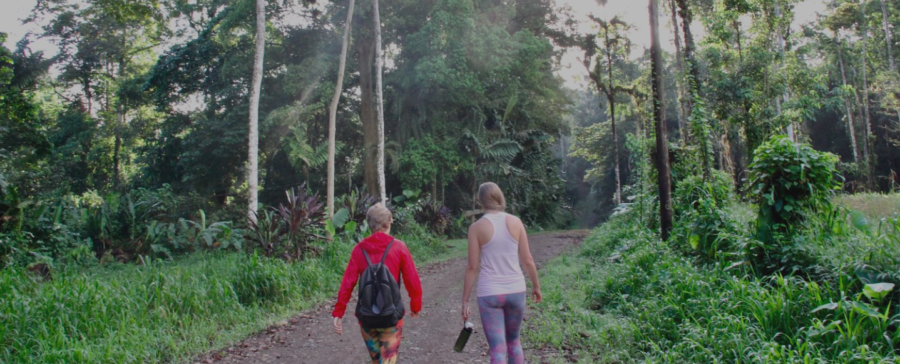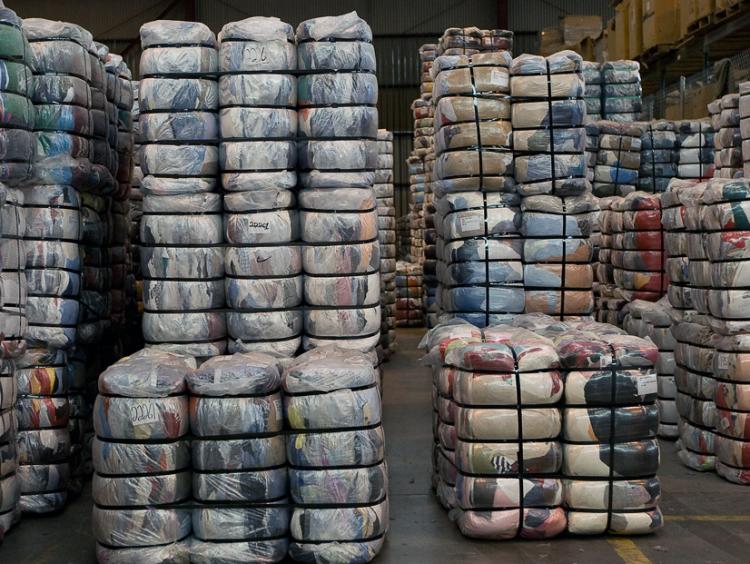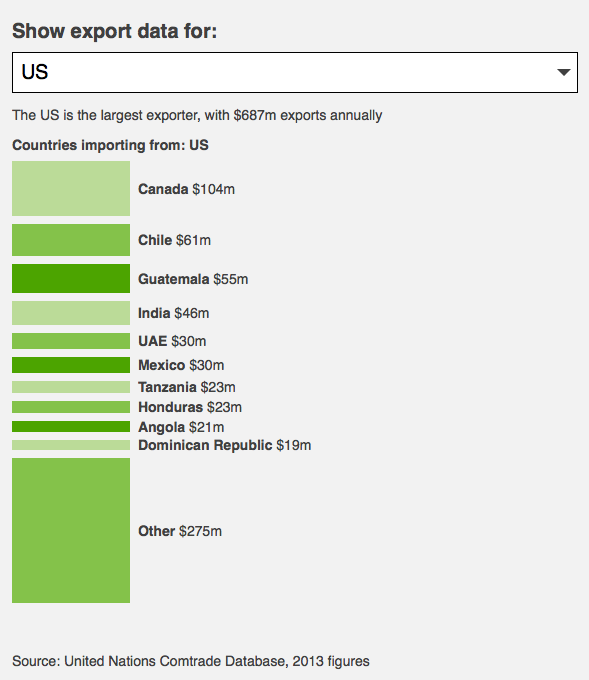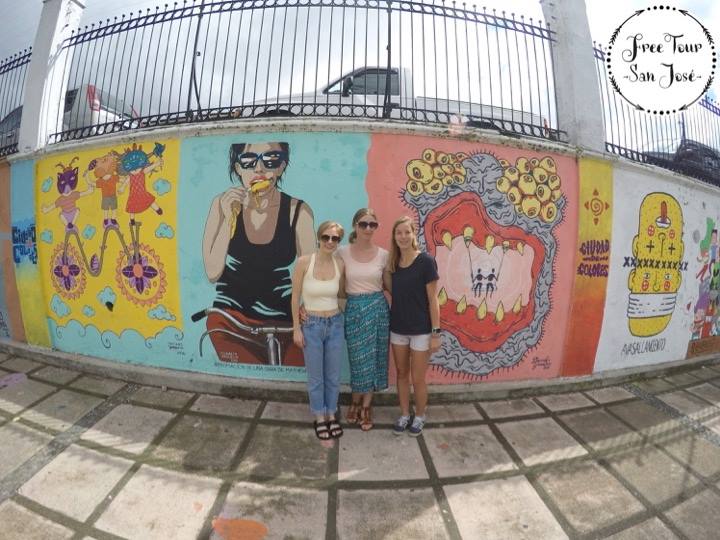
I recently went on a trip to Costa Rica with two of my friends in the Ethical Influencer Network. Sumak Travel organized it and planned an eco-centric agenda for us.
This is the second in a series of three posts where I share what I learned about sustainability and ethical living on the trip. My first piece is about slow food and just appeared on the Sumak blog. Next month, I’ll write about urbanization.
I’ve been a sustainability nerd forever, but this is my first time covering the topic in a way that doesn’t strictly relate to fashion. I hope you dig it! If you’re interested in eco tourism, you can get a play-by-play of our trip on Instagram at #EthicalInfluencersxSumakTravel. Sumak is a boutique travel agency that plans individualized fair trade and community-based trips. Oh, and they rock.
I have to start with a disclaimer: Our trip did not focus on fashion.
Actually, we didn’t shop at all. The three of us – myself, Hannah and Simone – are each passionate ethical fashion advocates. However, we came to a silent pact on this trip: unplug from our working world. We decided to enjoy nature, learn and embrace the culture.
I stood by this with one exception. Before leaving I read about the phenomenon of ‘second-hand clothing dumping’ [i.e. the stuff not good enough for our charity and thrift shops that’s shipped to developing and underdeveloped countries]. As a result, I wanted to see if this was happening in Costa Rica.
I investigated when we visited the capital city of San Jose. Admittedly, we were only there two days but I saw a few things that were concerning – not only for Costa Rica’s textile industry – but for the entire global fashion industry.
The Ropa Americana Issue

The first thing I noticed on our walking tour was an unexpected number of second-hand clothing stores. In Costa Rica they’re known colloquially as ‘ropa americanas‘ and they peppered the neighborhood blocks of a district our tour guide cheekily called ‘hipster heaven.’ This was Barrio Escalante.
Taken at face value, this type of urbanization is a wonderful thing. Hip district, budding arts scene, second-hand clothing instead of fast fashion. All good stuff. But if we isolate the the emergence of second-hand stores and examine it alongside headlines that hint at a decline of Costa Rica’s homegrown textile industry [here and here], something smells fishy.
The stores, as their name indicates, are mostly filled with cast-off clothes from America, Canada or western Europe. Of course, there are exceptions. For example, outposts like LOU have some genuine second-hand and vintage pieces. It’s unclear, however, if they’re sourced within Costa Rica or they originate in other countries. As a result of what I saw, I believe that second-hand dumping is happening in Costa Rica, albeit on a smaller-scale than in other developing countries.

The Information Issue
Second-hand clothing dumping is a documented issue in countries like India, Poland, Ghana, Tanzania Pakistan and Ukraine. This chart [US excerpt below] illustrates the top 10 developed exporters and their second-hand clothing trade relationships with other nations. Aside from US exports to Guatemala, I couldn’t find data about this trend in Central America.

The numbers are quite dated so I searched for more recent news about the textile industry in Costa Rica. However, all the headlines I found [as cited above from centralamericandata.com] come from 2008-2013 and then mysteriously stop. Trust me, I dug hard. It’s weird.
In this situation, my conclusion has to be taken with a grain of salt because I couldn’t find enough information to back it up. Normally I don’t write based on a hunch, but in this case I felt it important to illustrate a point:
A seemingly innocuous consumer choice – like donating your clothes to charity – can have unknown impacts across the globe.
To stop the second-hand clothing dumping trend, East African counties are calling for a ban clothing imports [HuffPo]. Furthermore, more government support and better labeling could also be solutions. For instance, the president of the Costa Rican Textile Chamber attributes the decline of local manufacturing to his country’s lax labeling laws [they don’t require place of origin or manufacture] and the unfair market conditions they created [Costa Rican Star]. Similarly, other developing countries should follow suit and implement their own local solutions before their textile industries are squelched.
What You Can Do
Two things are very apparent:
- Downcycling our clothing is causing a harmful fault in global trade.
- Second-hand fashion is not always an ethical option.
Seeing both of these things first-hand gave me new energy to advocate for ethical fashion. But what can be done when things are so complicated?
First, consider a these actionable things:
- Buy high-quality garments [use this guide]
- Avoid trends that you’ll get over quickly
- Donate the right way [consider selling or gifting to your friends, or check out this guide. Also, be leery of donation bins]
- Buy fashion from artisans in developing nations [many are listed on my Shopping Guide]
- Read and advocate for change
Then, learn to think holistically about fashion. The thing is vintage and second-hand fashion is fun. And if it’s local, it’s a great way to cut down on impact. Yet the global second-hand system, as it stands, is doing more harm than good. As ethical consumers we have to be thoughtful not just about the brands we buy, but about the longevity of our clothes and how they carry into their next life.
What do you think? Please tell me if you discover anything that supports or contradicts my conclusion.
A special thanks to Sumak Travel. If you’re interested in planning a trip (hey, the UN just called 2017 THE year for sustainable tourism) check them out. They go all over Central and South America.
Read other posts in this series:
- Hannah of Life+Style+Justice: The Juanilama Community: Rural Tourism in Costa Rica




